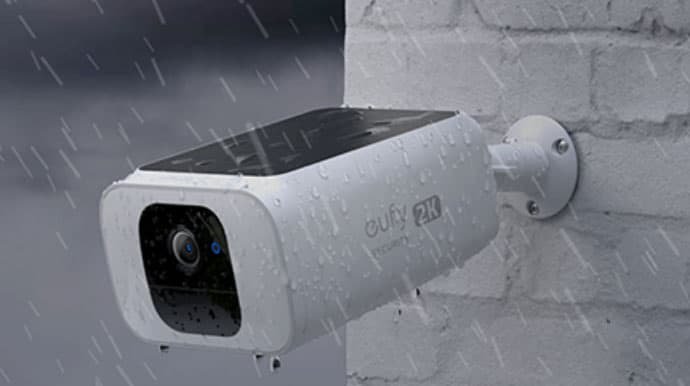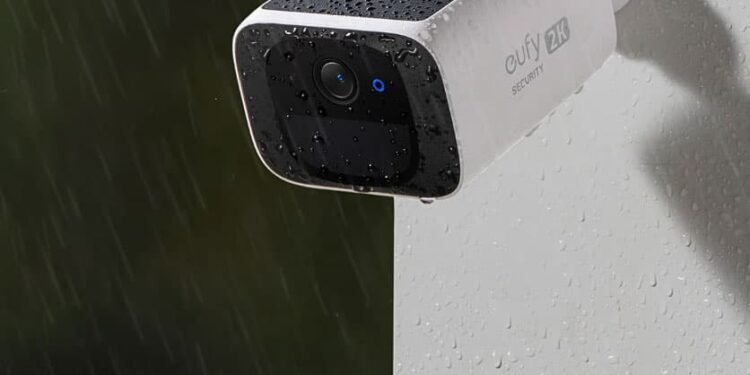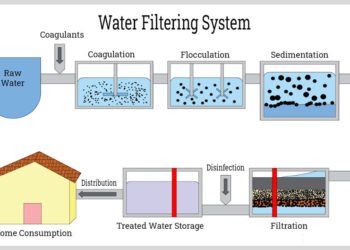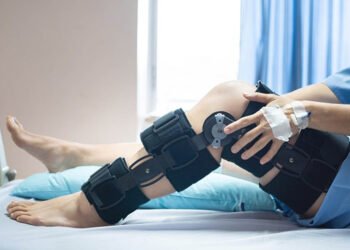When it comes to protecting your home, outdoor security cameras are a crucial component of any comprehensive security system. However, a common concern among homeowners is whether these cameras can withstand the elements. Are outdoor security cameras weatherproof? This question is vital, especially if you live in an area with extreme weather conditions. In this article, we’ll explore the durability of outdoor security cameras, the technology behind their weatherproof features, and how you can ensure your cameras remain functional year-round.
Understanding Weatherproof Ratings
One of the first things to consider when evaluating the weatherproof capabilities of outdoor security cameras is their Ingress Protection (IP) rating. The IP rating system is an international standard that classifies the degree of protection provided by the enclosures of electrical equipment.
IP ratings are typically expressed as two numbers. The first number represents protection against solid objects, like dust, and ranges from 0 to 6. The second number indicates protection against liquids and ranges from 0 to 9. For instance, an IP65 rating signifies that the camera is completely protected against dust and can endure water jets from all directions. Generally, higher IP ratings denote enhanced protection. For example, a camera with an IP67 rating is not only dust-tight but can also be submerged in water up to 1 meter deep for 30 minutes.
Are Outdoor Security Cameras Weatherproof?
Outdoor security cameras are designed to withstand various weather conditions, ensuring they remain functional and reliable regardless of the environment. Manufacturers typically construct these cameras with robust materials and protective housings to shield them from rain, snow, and extreme temperatures. Weatherproof ratings, such as IP (Ingress Protection) ratings, are commonly used to indicate the level of protection these cameras offer against dust and water. Some cameras are also designed to operate in extreme temperatures, with built-in heating or cooling systems to ensure proper functionality in freezing winters or scorching summers.

In addition to physical durability, outdoor security cameras often feature advanced technology to maintain performance in adverse weather. For instance, many models include infrared night vision capabilities to provide clear footage in low light or nighttime conditions. Additionally, anti-fog and anti-glare features are integrated into some cameras to enhance visibility during foggy or bright sunlight situations. The combination of sturdy construction and advanced technology ensures that outdoor security cameras can reliably monitor and protect your property, regardless of the weather challenges they may encounter.
Choosing Waterproof Outdoor Security Cameras
Choosing the right waterproof outdoor security camera involves considering several key factors to ensure it meets your needs for durability, functionality, and security. If you are looking for the best security cameras for home, here are the essential points to consider:
1. Weather Resistance and Durability
- IP Rating: Look for cameras with a high Ingress Protection (IP) rating, such as IP65, IP66, or IP67, which indicates strong resistance to dust and water.
- Material Quality: Opt for cameras made with weather-resistant materials, like metal housings, to withstand harsh outdoor conditions.
2. Video Quality
- Resolution: Higher resolution cameras (1080p or 4K) provide clearer and more detailed images.
- Night Vision: Ensure the camera has infrared or color night vision capabilities to capture clear footage in low light or darkness.
3. Field of View
- Wide-Angle Lens: A wide field of view (FOV) covers more area and reduces the number of cameras needed to monitor your property.
- Adjustable Angles: Cameras with pan, tilt, and zoom (PTZ) features offer flexibility in monitoring different areas.
4. Power Source
- Wired vs. Wireless: Decide between wired cameras, which offer continuous power and stable connection, or wireless cameras, which are easier to install and reposition.
- Battery Life: For wireless cameras, check the battery life and consider models with rechargeable batteries or solar power options.
5. Storage Options
- Local Storage: Cameras with SD card slots allow for on-device recording.
- Cloud Storage: Subscription-based cloud storage offers remote access to footage but may involve ongoing costs.
6. Smart Features
- Motion Detection: Cameras with advanced motion detection reduce false alarms and can trigger alerts or recordings only when necessary.
- Two-Way Audio: Allows you to communicate with visitors or intruders through the camera.
- Integration with Smart Home Systems: Ensure compatibility with your existing smart home devices, like Amazon Alexa or Google Assistant.
7. Installation and Maintenance
- Ease of Installation: Consider cameras that are easy to mount and set up. Some may require professional installation.
- Maintenance: Look for cameras with minimal maintenance needs and check if they have features like self-cleaning lenses.
8. Cost and Warranty
- Budget: Determine your budget and compare features to get the best value for your money.
- Warranty and Support: Choose cameras from reputable brands that offer good warranties and customer support.
Conclusion
Are outdoor security cameras weatherproof? The answer largely depends on the specific model and its features. By understanding IP ratings, and choosing cameras with durable construction, you can ensure that your outdoor security cameras remain operational in various weather conditions. Investing in weatherproof security cameras not only enhances the security of your home but also provides peace of mind, knowing that your surveillance system is reliable, regardless of the weather.












